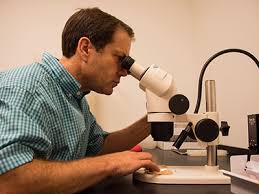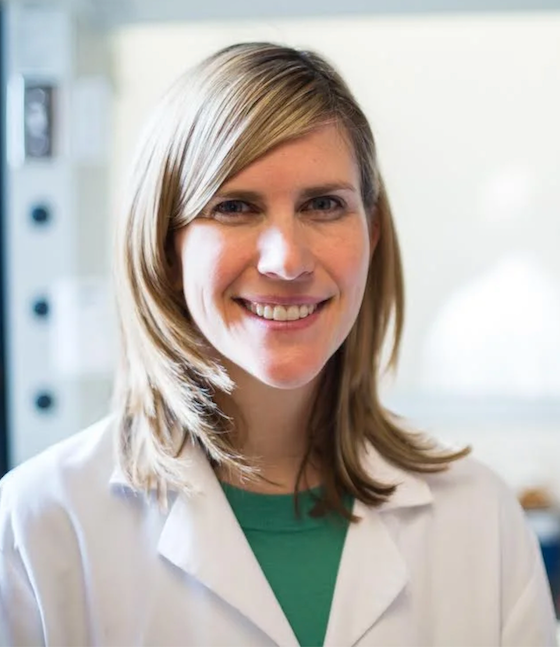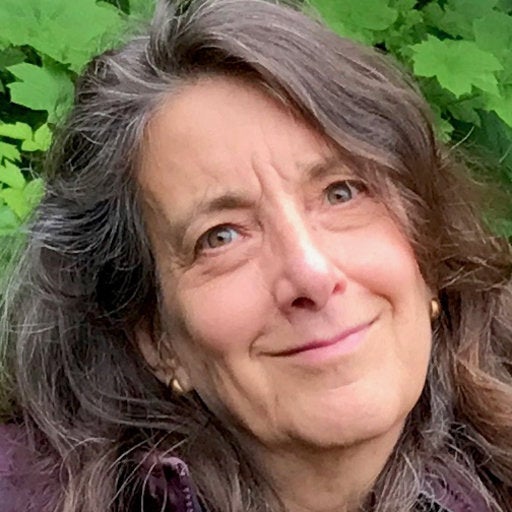Peter Armbruster
Email: paa9@georgetown.edu
The Armbruster Lab
Mosquito habitat adaptation
My research interests center on understanding mechanisms of phenotypic evolution in natural populations. I am particularly interested in investigating how interactions between ecological forces and genetic mechanisms lead to evolutionary change. My approach to these broad questions is necessarily integrative and utilizes field ecology, quantitative and population genetics, and molecular biology. I have chosen to focus on container-breeding mosquitoes as a model because these mosquitoes represent highly tractable experimental systems.








